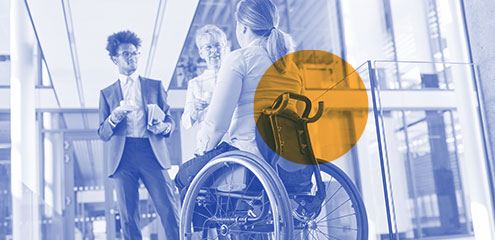

Federal statutes and guidelines have long required public participation in planning transit projects. Inclusive planning enables significant involvement of impacted communities. While these efforts allow comment on specific projects, many transit agencies are going beyond traditional public meetings to embrace a more inclusive approach and flexible strategies to support the planning process.






